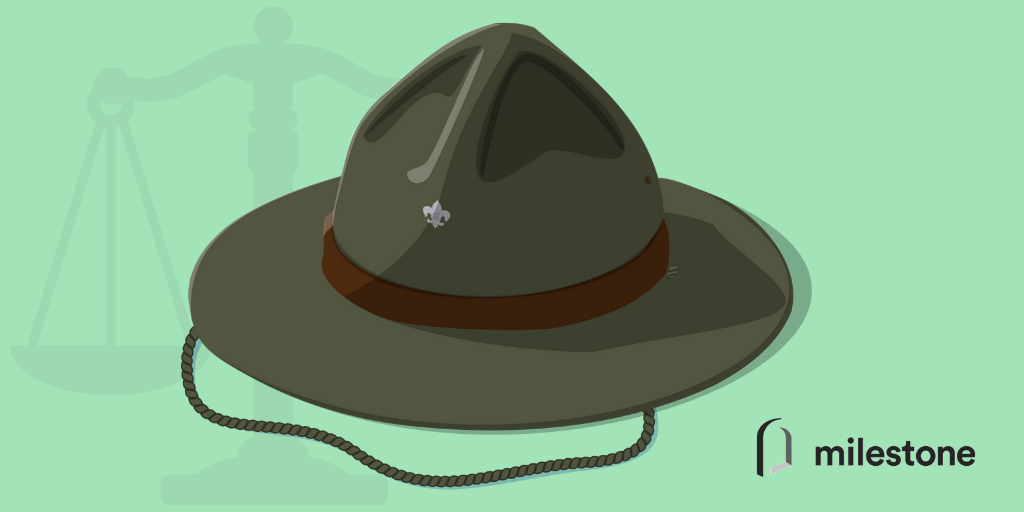Anyone who hasn’t heard about the Boy Scouts of America sexual abuse case has likely been living under a rock. What started as a few hundred claims a couple of years ago surrounding sexual abuse by BSA staff and volunteers has grown into more than 80,000 claims.
Just take a moment to think about that number. Eighty. Thousand.
The movement of survivors coming forward has been fueled by the public emergence of BSA’s records of thousands of sexual abuse and misconduct allegations, which the organization called its “ineligible volunteer files” dating back to 1975. It was also motivated by state laws recently passed that extend the statute of limitations to file sexual abuse claims and re-open the window for many survivors to seek justice for abuse that happened years ago.
The case turned another page when one of BSA’s insurance companies, The Hartford, agreed to pay $650 million into a proposed trust for the survivors. The settlement agreement was submitted to the court by mediators working to resolve the 80,000+ sexual abuse claims against BSA.
The road to resolution for the survivors continues, and it has not been without obstacles. In 2020, BSA filed for Chapter 11 bankruptcy protection, which not only temporarily halted the sexual abuse investigation and lawsuits, but it also delayed the victims’ ability to seek accountability from BSA after coming forward. The move also allowed BSA to compensate claimants through bankruptcy proceedings while giving itself an extra layer of protection. That didn’t stop the tens of thousands of survivors and their attorneys from plowing ahead, but it certainly didn’t make the process of seeking justice any easier. The mediators’ $650 million proposed settlement agreement comes a little over a year after BSA’s bankruptcy announcement.
And that’s just one of several settlements that need to happen before the claims in this case are fully resolved – and it is worth noting that attorneys for the survivors are not satisfied with The Hartford’s settlement amount. Another insurer, Century Indemnity Company, is on deck to propose its own settlement to resolve its liability under policies with BSA.
Also, under Chapter 11, BSA must provide a plan for reorganization, and its first go at it received little support. A revised plan was proposed by BSA a few days prior to The Hartford’s proposed settlement. Should abuse victims not approve the BSA’s new plan, the organization would turn to an alternative option that would change the components of the settlement entirely.
That’s barely scratching the surface of the complexities in this case. And once all the moving parts finally equate to a resolution, it’s critical that the next step of settlement distribution is as straightforward as possible. The most important available tool is the qualified settlement fund, which can be ordered by the bankruptcy court to hold settlement proceeds past the end of the case, so each of the 80,000+ survivors and their attorneys can adequately plan for their incoming portion of the money. That extra time allows each individual to work with a professional planner to consider all the available tools and strategies that will help ensure their monetary recovery is as beneficial to them as possible.
Like any sexual abuse case involving many plaintiffs, the situation is complex, tumultuous, and a reminder that there is still much work to be done to protect survivors. My team and I are closely following the BSA case and are rooting for the survivors as they progress toward justice.


